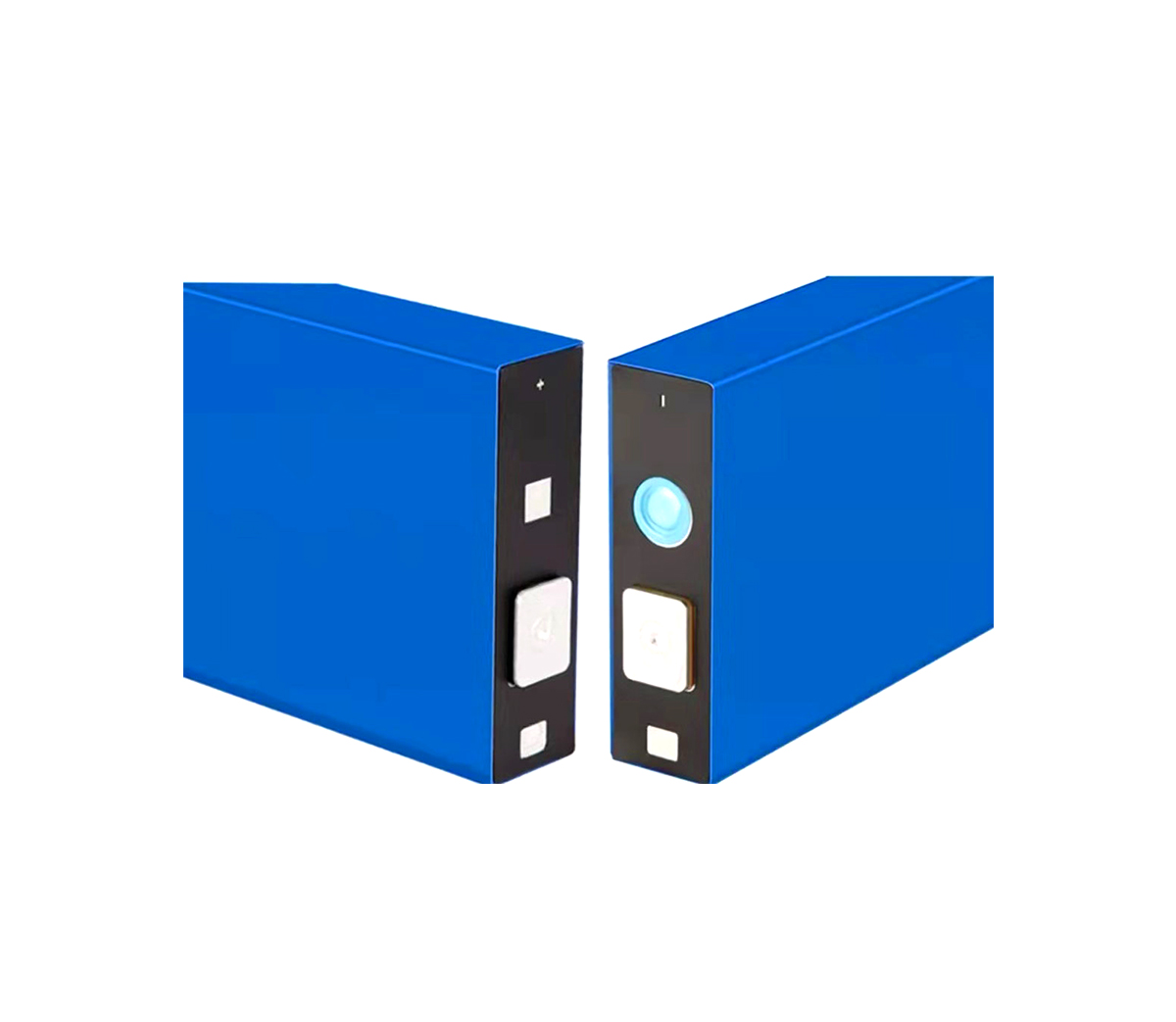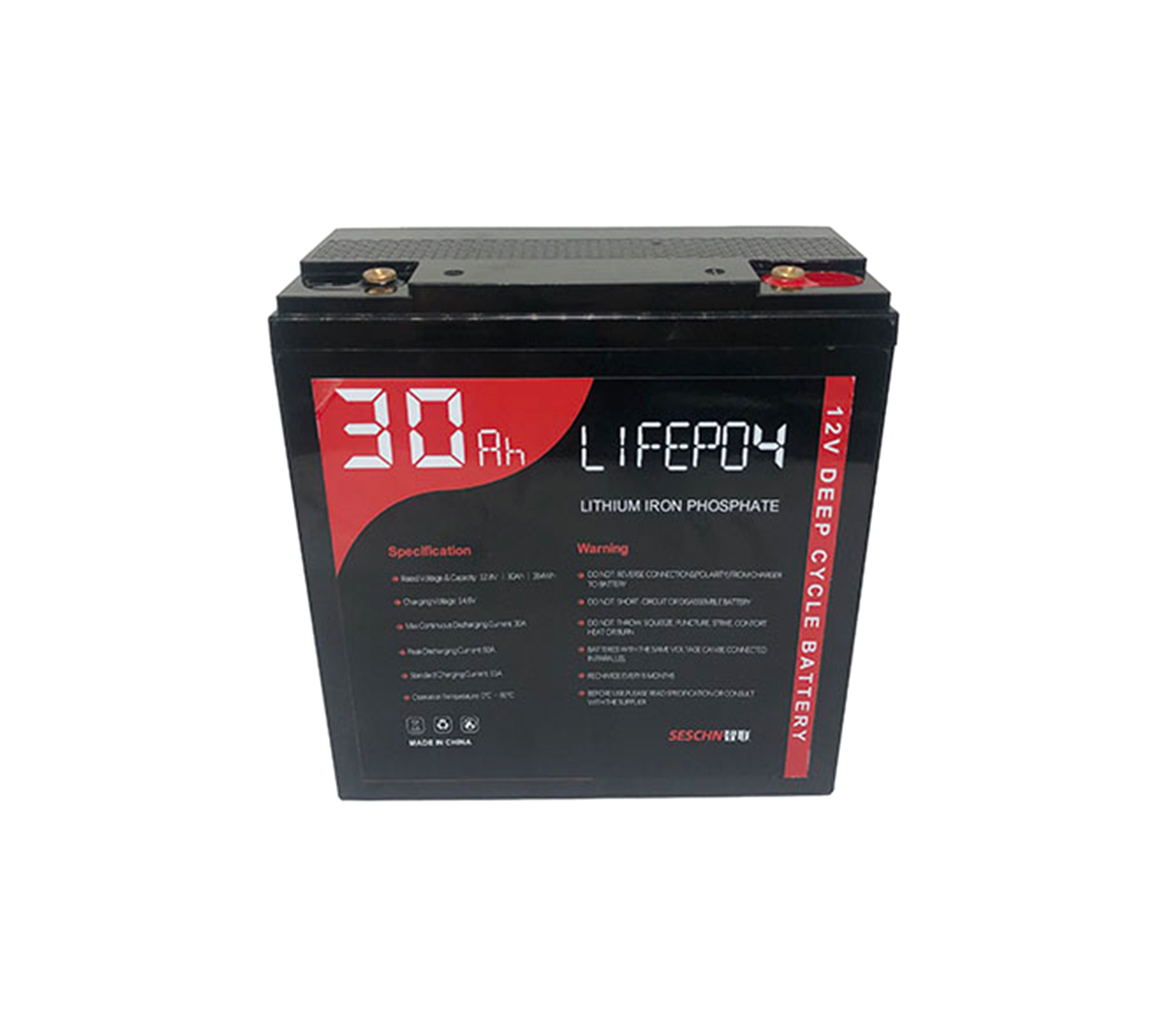Xi'an Jiaotong University publishes major research results on silicon
anodes for lithium-ion batteries
Recently, Professor Zheng Xiaoquan’s research group from the State Key
Laboratory of Power Equipment and Electrical Insulation, School of Electrical
Engineering, Xi’an Jiaotong University, and Professor Cui Yi from the School of
Materials Science and Engineering of Stanford University and Professor Li Ju
from the Department of Nuclear Engineering of the Massachusetts Institute of
Technology worked together to produce a high-pressure solid density The Si@TiO2
structure silicon anode full battery has achieved two times the volume specific
capacity (1100 mAh/cm3) and twice the mass specific capacity (762 mAh/g) of the
traditional graphite anode.
Lithium-ion batteries have been widely used in portable electronic devices,
electric vehicles and energy storage. However, due to the specific capacity of
the positive and negative active materials, currently commercial lithium-ion
batteries are only used for low-level power requirements. Silicon is expected to
be the next-generation lithium-ion battery high-capacity anode material, with a
theoretical specific capacity of 4200mAh/g, which is more than ten times that of
traditional graphite anodes (340mAh/g). However, the volume of the silicon
negative electrode changes more than 300% during the charging and discharging
process, which causes the active material to separate from the current collector
and lose its activity, as well as the generation of unstable solid electrolyte
interface (Solidelectrolyte interface) SEI, which makes the coulombic efficiency
of the silicon negative electrode low, which affects its use in the full
battery. Use in. Nano-silicon anode has always been a research hotspot. By
coating the nano-silicon anode with a layer of artificial SEI, the problems of
silicon expansion and contraction and SEI stability can be effectively solved.
However, the nano-structured silicon negative electrode also faces engineering
problems such as low powder tap density, and the inability to roll compaction
leads to low electrode compaction density. How to coat the nano-silicon negative
electrode with a layer of artificial SEI that has high mechanical strength and
can withstand the rolling pressure of the battery industry is an important
direction to solve the commercialization of the nano-silicon negative
electrode.
Recently, Professor Zheng Xiaoquan’s research group from the State Key
Laboratory of Power Equipment and Electrical Insulation, School of Electrical
Engineering, Xi’an Jiaotong University, and Professor Cui Yi from the School of
Materials Science and Engineering of Stanford University and Professor Li Ju
from the Department of Nuclear Engineering of the Massachusetts Institute of
Technology worked together to produce a high-pressure solid density The Si@TiO2
structure silicon anode full battery has achieved two times the volume specific
capacity (1100mAh/cm3) and twice the mass specific capacity (762mAh/g) of the
traditional graphite anode. The doctoral student Jin Yang in the research group
uses cheap glucose as raw material. First, a uniform carbon layer is coated on
the surface of nano-silicon particles by the glucose hydrothermal method, and
then a layer of titanium source is soaked and adsorbed in a titanium
isopropoxide solution. After calcination in the air, the carbon layer is
removed, and the outer surface of the nano-silicon anode is coated with an
artificial titanium dioxide nano-layer to synthesize a high mechanical strength
Si@TiO2yolk-shell structure anode. The in-situ TEM mechanical test shows that
its titanium dioxide The mechanical strength of the shell is 5 times that of
amorphous carbon. After experimental testing, the Si@TiO2 electrode sheet can
withstand high-strength roller pressure to increase the compaction density of
the electrode sheet, and through the self-repair of SEI, the outer surface of Si
forms a dense artificial SEI + natural SEI, which can make it stable The
coulombic efficiency of 99.9% is above 99.9%, which meets industrial application
standards, and will effectively promote the commercial application of
silicon-based anodes in the battery industry.


































